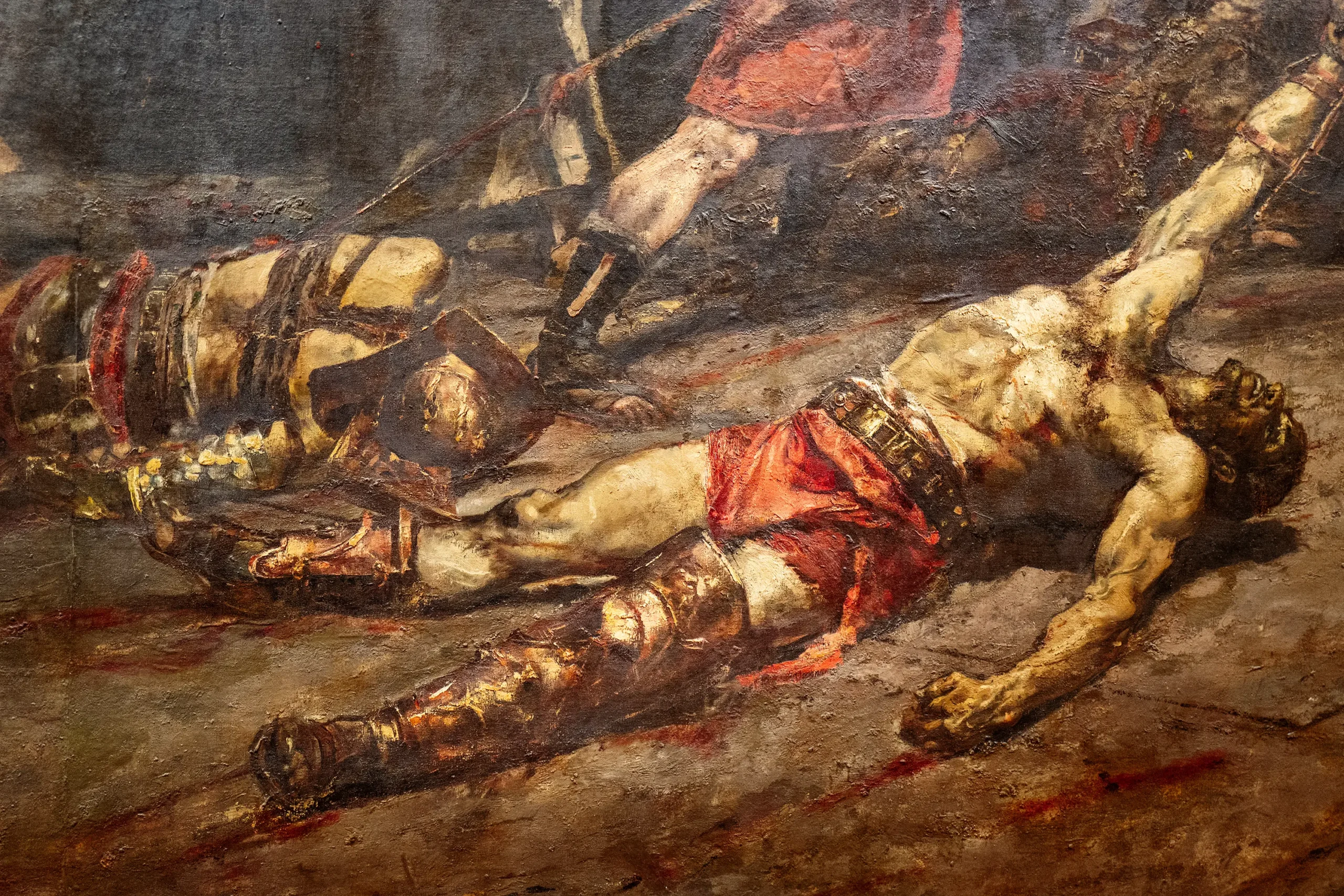Right in the middle of Manila rests the National Museum of the Philippines. An astounding feat of architecture, the National Museum of the Philippines celebrates the history, culture, and natural heritage of the country. Aside from hosting the country’s relics and wonderful artwork, the National Museum of the Philippines is also an educational institution, a hallmark of culture, and a symbol of national identity. The National Museum offers foreign tourists a wide and expansive tour of the history and the modern times of the Philippine Islands through the combination of many different museums.
Since 1998, the National Museum of the Philippines has been deemed a regulatory and enforcement agency of the National Government in the restoration and safeguarding of important cultural properties, sites and reservations throughout the Philippines. The National Museum of Fine Arts, formerly known as the National Art Gallery, is housed in the old Legislative Building. The building was originally intended as a public library, as proposed in Daniel Burnham’s 1905 Plan for Manila and was designed by Ralph Harrington Doane, the American consulting architect of the Bureau of Public Works, and his assistant Antonio Toledo. The construction of the building began in 1918 and was completed in 1921.
The National Museum of the Philippines is made up of several museums with historic buildings, each one having a different theme. These buildings are: the National Museum of Fine Arts, National Museum of Anthropology, National Museum of Natural History, and National Planetarium, all located in the National Museum Complex.
- National Museum of Fine Arts: This museum, located in the former Old Legislative Building, illustrates the development of Philippine art, from the classical sculptures and paintings of the past to the modern works. Masterpieces by famous Filipino artists Juan Luna, Jose Alcantara and Felix Resurreccion Hidalgo are displayed in the galleries, which depict as well the soul of the country(‘s) art. These works are now out in the open and everyone is welcome to visit.
- National Museum of Anthropology: National Museum of Anthropology is now housed in the old Finance Building. This museum is directed mainly towards the cultural heritage of the Philippines, where it describes the origin and inter-connection of Melanesian and Polynesian cultures. Subjects include indigenous peoples, archaeology artifacts, and the crowning keystones of the ethnographic collections that make up the Filipino culture. The “Treasures of the San Diego” exhibit, in which objects recovered from a 17th-century Spanish galleon wreck are displayed, is the main attraction.
- National Museum of Natural History: In the past, the building of Department of Tourism was transformed and turned into the Natural History Museum, dedicated to the enormous biodiversity of the Philippines. It was a place of unambiguous demonstrations to actively engage visitors [who shall see colorful panels in the past and present] with good results. The live-interaction with items including a series of full-scale models of animals will bring children into a fun yet informative situation, at the same time, the expanded collections of flora and fauna (“focusing on the conservation efforts”) will overwhelm the entire space. The museum also hosts the “Lolong” skeleton, the world’s largest saltwater crocodile.
Update: My fondness of the National Museum of Fine Arts has been renewed when my granduncle (my grandmother’s brother), Jose P. Alcantara’s (or as the family calls him Lolo Peping), wood carvings has been featured in the gallery. In 1961, Philam Life commissioned Lolo Peping to make this 50-feet wall sculpture to adorn the Philam Life Auditorium. I haven’t had the chance to visit said Auditorium when I moved to Manila from Davao, since SM now owns the property and plans to convert it into another condominium. While public protests pushed back demolition plans from SM, Lolo Peping’s masterpiece had to be transferred to the care of The National Museum of the Philippines while the building was renovated. I was happy to see that the masterpiece, now titled “Philippine Folklore” which can be seen at Gallery XVI on the third floor of the museum. Other pieces made by Lolo Peping are displayed in Gallery XIV. Other known pieces are still owned by his daugther-in-law Amy Wannamaker, Tita Lita (the daughter), and my mother, Gloria.
The Philippine National Museum plays a crucial role in safeguarding and showcasing the nation’s artistic treasures. By housing Alcantara’s sculptures, the museum provides visitors with an opportunity to appreciate the artistry and cultural significance of his work. José P. Alcantara’s wood sculptures are invaluable contributions to Philippine art. Their presence in the National Museum serves as a reminder of the country’s rich artistic heritage and the enduring power of creative expression. This was originally posted back in 2016, but was a causality when I decided to wipe out all colored content in my transition to shooting only in monochrome.
A former photographer turned GTM and marketing professional. He is currently working as a Assistant Vice President for PLDT Home. I still travel and shoot with my Leica SL and Q3 whenever the opportunity presents itself.









Leave a Reply